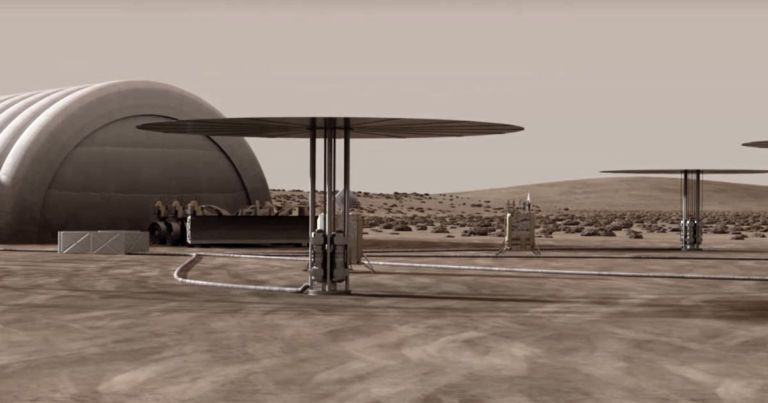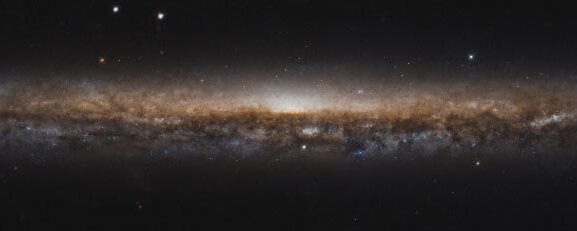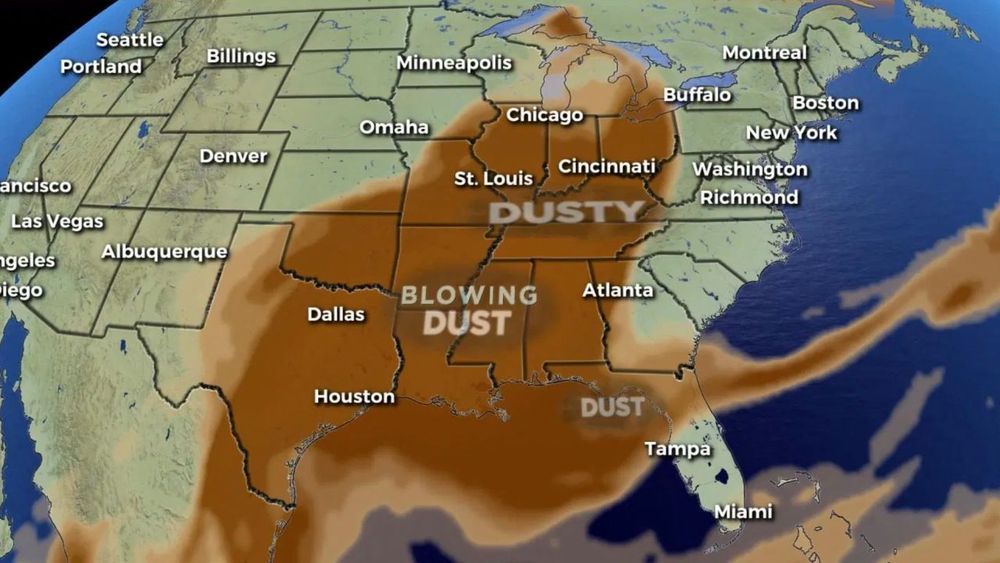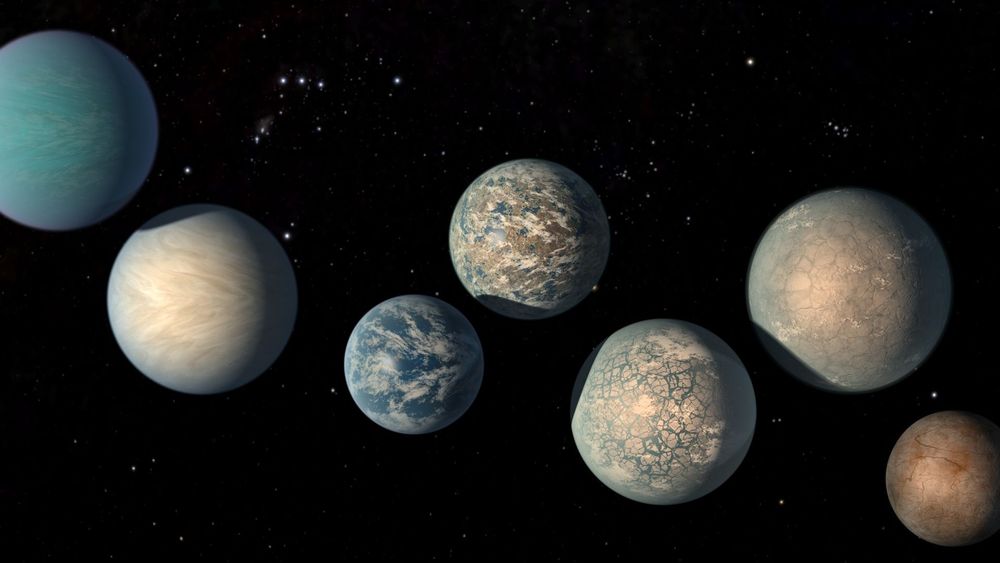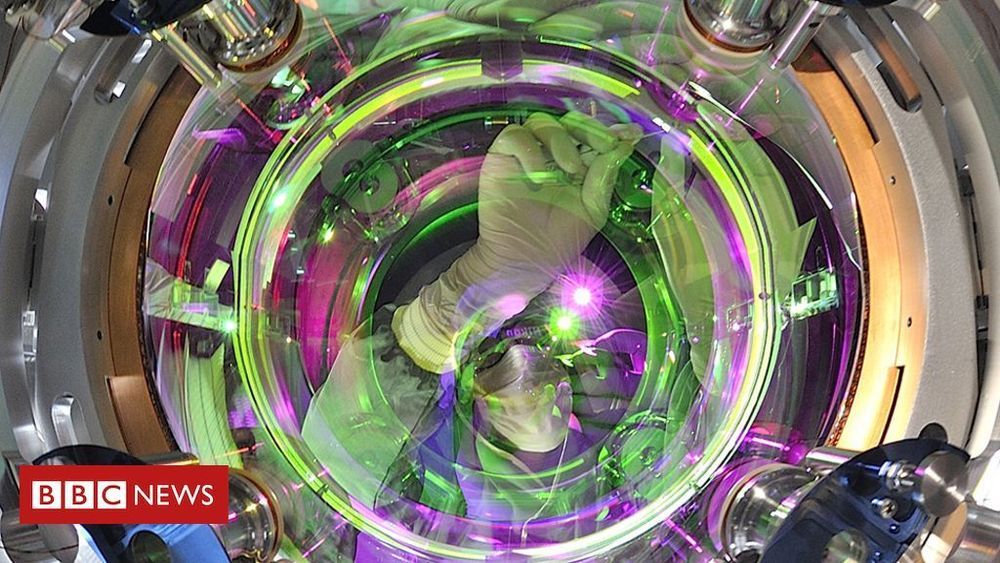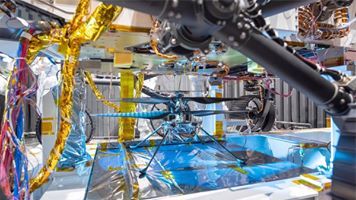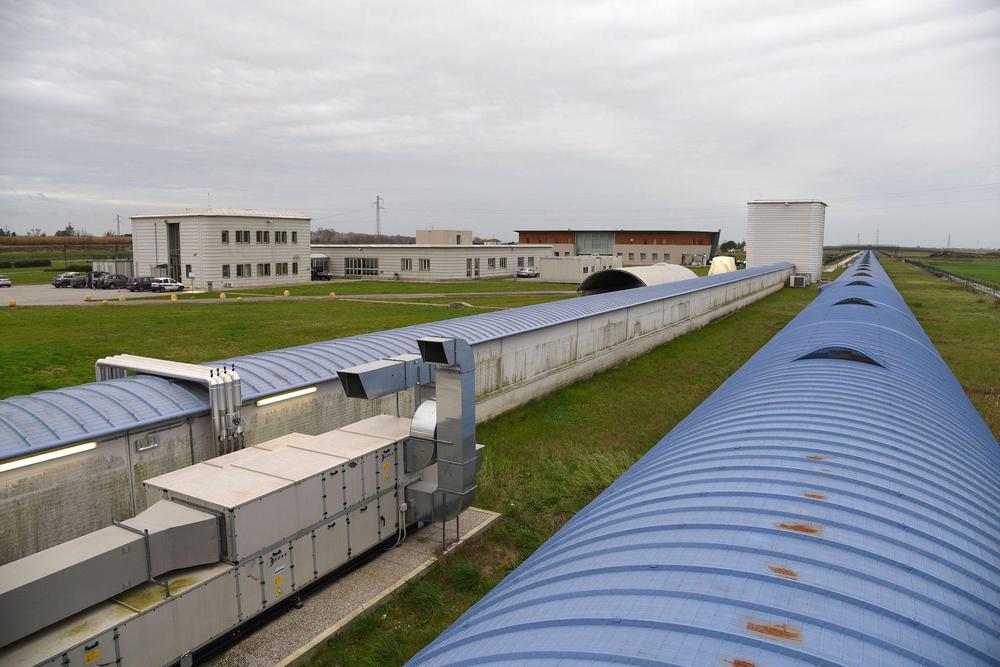Staging Area
The engineers say four reactors could give enough energy for a six-person crew to live on Mars, and they’re hoping to use the Moon as a testing ground.
“On the moon, you’re close to home,” NASA engineer Michelle Rucker told C&EN, “so if something fails, it’s a fairly close trip to get back home, whereas on Mars, your system better be working.”
